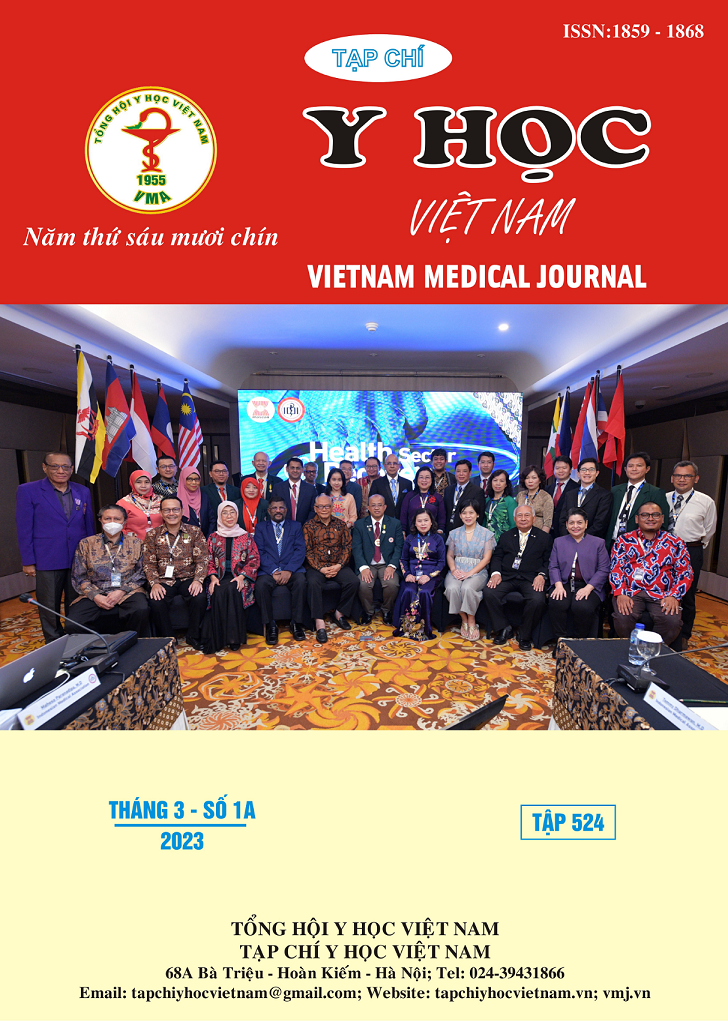IN VITRO STUDY DETERMINATION OF NON-TOXIC NANO BERBERINE CONCENTRATIONS ON HUMAN GINGIVAL FIBROBLASTS
Main Article Content
Abstract
Objectives: In order to provide a scientific basis for the application of BBr in the healing of gingival-oral tissues, we carried out a research survey with the aim of evaluating of non-toxic nano berberine concentrations on human gingival fibroblasts. Materials and methods: The MTT test is used in assays to measure the viability of multi-well plate-adhered mammalian cells and it is one of the easiest cytotoxicity assays to perform. The MTT test is simple, specific, and frequently used as a “gold standard” for comparison with other tests in the development of new cytotoxicity. Nano Berberine 2% was diluted 1, 1/10, 1/102, 1/103, 1/104 to the hGF culture plates that had been incubated for 24h. Use Nano BBr at a proven non-toxic concentration to evaluate the biological properties of hGF collagen gel contraction in cultures containing Nano BBr. Cell culture and tests were carried out at the Laboratory of Biomedical Materials and Tissue Engineering, University of Natural Sciences, Viet Nam National University, Ho Chi Minh City. Results: The Nano Berberine 2%10-3 concentration test sample showed a mean cell density of 74.9% and a 95% confidence interval from 63.6% to 86.1%. This concentration lies at the threshold of toxicity and the confidence interval falls within the threshold of toxicity. Nano Berberine 2% x 10-4 concentration is a safe test concentration without cytotoxicity. Conclusions:. The concentration of Nano Berberine 2%10-3 is right at the toxic threshold and the confidence interval falls within the toxic threshold. Nano Berberine 2% x 10-4 concentration is a safe test concentration without cytotoxicity.
Article Details
Keywords
Nano Berberine, human gingival fibroblasts, toxicity
References
2. Aslantürk Ö (2018), "In Vitro Cytotoxicity and Cell Viability Assays: Principles, Advantages, and Disadvantages", Genotoxicity - A Predictable Risk to Our Actual World, tr.1-4.
3. Fernandes I.R, et al (2017), "Fibroblast sources: Where can we get them?", Cytotechnology, 68 (2), pp. 223-228.
4. Hou Q, He W J, Wu Y. S, et al (2019), "Berberine: A Traditional Natural Product With Novel Biological Activities", Altern Ther Health Med.
5. Li. R, Guo. W, Yang. B, et al (2011), "Human treated dentin matrix as a natural scaffold for complete human dentin tissue regeneration", Biomaterials, 32 (20), pp. 4525-38.
6. Van Meerloo. J, Kaspers. G. J, et al (2011), "Cell sensitivity assays: the MTT assay", Methods Mol Biol, 731, pp. 237-45.
7. Vernon R B, Gooden M D (2002), "An improved method for the collagen gel contraction assay". In Vitro Cell Dev Biol Anim, 38 (2), pp. 97-101.
8. Warowicka Alicja, Nawrot Robert, Goździcka-Józefiak Anna (2020), "Antiviral activity of berberine". Archives of Virology, 5, pp. 1-11.


